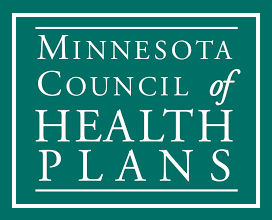What it Means to be a Nonprofit Health Plan

Being a nonprofit health plan means to put the community first. Minnesota’s nonprofit health plans – including Blue Cross and Blue Shield of Minnesota, HealthPartners, Hennepin Health, Medica, PreferredOne, Sanford Health and UCare – are local companies with a shared mission of getting Minnesotans the affordable, equitable and quality-based care they need.
They’re always looking for ways to best serve Minnesotans
Having a nonprofit status means health plans invest their resources back into members and communities to bring wellness within reach for everyone. Much of this work is connected to what is called the social determinants of health, which are the non-medical factors that influence health outcomes. This includes working with community organizations and stakeholders to make social and environmental conditions healthier for members; providing wraparound services that support members in taking their medications, getting to their appointments on time and coping with emotional stresses around their diagnosis; ensuring that care is culturally appropriate and equitable, and supporting the broader economy through workforce growth and robust community giving. Health plans also invest in innovative models of care that incentivize providers based on quality.
They know your needs, because they’re from here, too
Local nonprofit health plans have a special connection with Minnesotans because company leaders and employees live, work and seek medical care in the same places members do. This drives their mission to get all Minnesotans the affordable care they need today and in the future. Nonprofit health plans know that the success of Minnesota hinges on the health and wellness of everyone who lives here. They do this through:
- PARTNERSHIP: Plans work with a variety of stakeholders, including people who deliver care (providers, hospitals and health systems), people who need care (children, adults and families across Minnesota) and people who work to make care better (legislators, regulators, state health officials and others) to promote policies and processes that make health care more effective for everyone.
- ACTION: Through advocacy, education and legislative efforts, nonprofit health plans take practical action today to make better health possible for generations of Minnesotans to come.
- DATA: They use and develop data to inform public policy, improve care and help manage expensive medical bills on behalf of all Minnesotans.
- COMMUNITY: Minnesota’s nonprofit health plans work together to focus on solving problems and finding opportunities to make the health care system work better because we work here, live here and our companies’ financial resources are dedicated to care for our community.
- UNDERSTANDING: Nonprofit health plans understand that health care is deeply personal, urgent and expensive. Thus, they know that having health insurance coverage helps spread out the cost of expensive health care, helping people gain access to care that they otherwise couldn’t afford.
What else do Minnesotans get from nonprofit health plans?
Nonprofit health plans pay more than $800 for medical care every second. And, on average, less than 1% of “profit” (called operating gain) per year is left over for health plans after paying all the bills. This money goes into medical reserves to pay for unexpected expenses in the future, like costs related to the COVID-19 pandemic. Unlike large national companies, Council members do not pay a dime to Wall Street shareholders. Nonprofit health plans put people over profits, and they also do a lot more work behind the scenes to protect the health and wellness of Minnesotans, including:
- Reducing our medical expenses by negotiating discounted rates with doctors, hospitals, and other providers of care; by preventing fraud and abuse; and by finding new ways to minimize paperwork and increase access to information.
- Protecting us from financial ruin if we are badly injured or become very ill.
- Providing information that helps us live healthier lives, manage our health troubles, and pursue our own well-being.
- Helping us stay well with preventive services, routine check-ups and incentives like health-club discounts.
- Helping us navigate health care choices with advice and support from caring nurses, pharmacists and other medical professionals.
- Improving the care we get by making sure it meets quality standards.
- Enabling businesses to keep their employees healthy, happy and productive.
For more information on how nonprofit health plans work in Minnesota, visit https://mnhealthplans.org/faqs/understand-insurance/.
How plans support Minnesotans
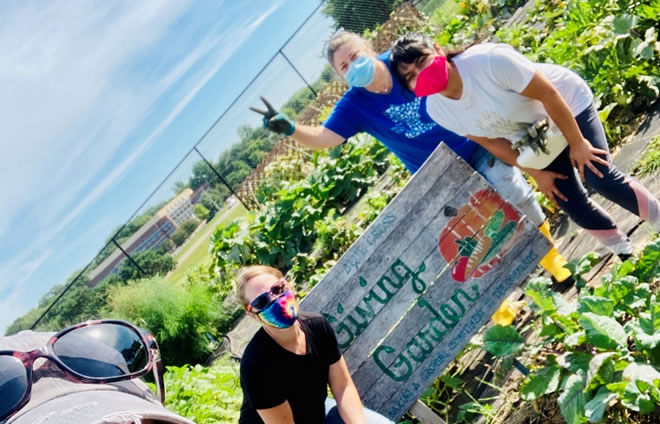
Aiding the Community by Addressing Hunger: Blue Cross and Blue Shield of Minnesota’s Giving Gardens
Nonprofit health plans play a key role in ensuring that Minnesotans have what they need to be well in life overall – and addressing food insecurity is just one of these critical needs. The Giving Gardens at Blue Cross and Blue Shield of Minnesota have played an important part in helping the community by providing Minnesota food shelves with fresh, locally-grown produce. Blue Cross associates volunteer their time and talents by working in the gardens to plant, care for and harvest produce. This produce is then donated to a variety of organizations throughout Minnesota, including The Open Door Pantry in Eagan, Interfaith Action’s Department of Indian Work in St. Paul and Quad Cities Food Shelf on the Iron Range. In 2020, the Blue Cross Giving Gardens produced more than 1,500 pounds of produce that was donated to local food shelves and was a record growing season for the Giving Gardens despite the COVID-19 pandemic. Pictured are Blue Cross employees in the Giving Garden.

Saving Lives with Innovative Suicide Prediction Model: HealthPartners’ Suicide Risk Calculator
Suicide is an unthinkable tragedy and nonprofit health plans are doing their part to aid in its prevention. HealthPartners’ Suicide Risk Calculator helps behavioral health case managers proactively reach out to members who may be at increased risk of suicide or self-harm. The calculator, developed by researchers at HealthPartners Institute and two other U.S. groups, analyzes members’ health data for indications of depression, self-harm, substance use disorder or other drug use. The algorithm then predicts and identifies members at high risk of attempting suicide. Between August 2019 and August 2020, the HealthPartners behavioral health team used the Suicide Risk Calculator to identify 500 members who they believed to be at elevated risk of attempting suicide. The team reaches out to identified members to talk about mental health issues and help them make connections to providers and other specialists for support.
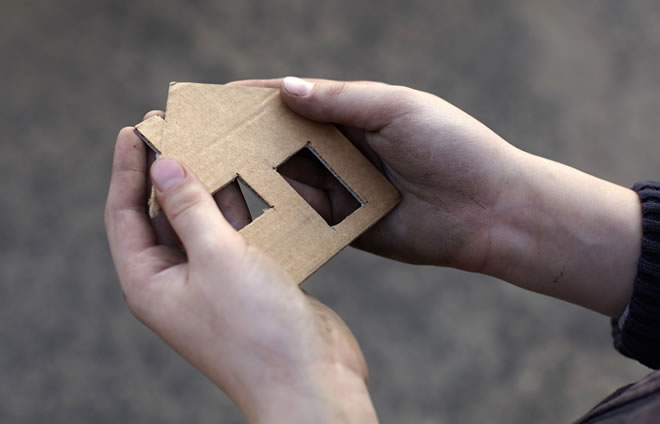
Advancing Wellness By Addressing Homelessness : Hennepin Health Partnership With HCMC
Whole-person care is at the forefront of what nonprofit health plans do. Hennepin Health and Hennepin Healthcare, the provider system that includes Hennepin County Medical Center (HCMC), worked to expand access to housing navigation and to reduce the readmission rate for Hennepin Health members experiencing homelessness and inpatient at HCMC. The team gathers data about housing status and use of other assistance programs. Hennepin Health navigators then visit members in the hospital to confirm eligibility and introduce them to outpatient community care management. If members participate, they are added to the navigator’s case load and are often visited again while they remain hospitalized. Through the first 37 weeks, 380 members were screened, 69 were visited while inpatient and agreed to participate, and 40 were engaged in care management for at least 30 days following discharge. No engaged member was readmitted within 30 days. Also, 16% of participants were housed and connected with other services. Hennepin Health received an award from the National Association of Counties (NACo) for this initiative.
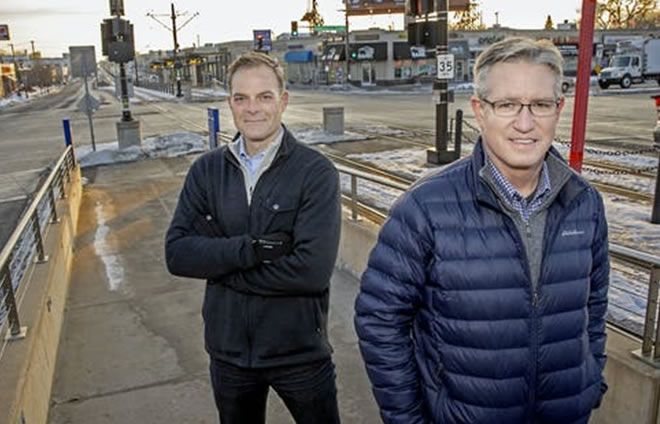
Investing in Diversity: Medica’s New Call and Claims Processing Center
Diversity, equity and inclusion are critical to the well-being of Minnesotans. Medica’s recent decision to put a new call center and claims processing operation in St. Paul’s Midway area is just one example of this commitment to diversity, equity and inclusion. The new call center, where the company will hire 50 people, was strategically placed in an area of St. Paul with a diverse workforce, yet grappled with high unemployment. More than 1,000 employee hours went into the effort, and company leaders met with community groups to better understand the needs of the community, as well as the experiences of the diverse people who live in the neighborhood. Medica is committed to hiring full-time workers for the Midway office and to prioritize jobs to workers who live in the five ZIP codes surrounding the office. It hired female- and minority-owned building contractors to help prepare the new office in St. Paul, which will occupy a 7,000 square-foot space in the Wilder Foundation building. Geoff Bartsh, Medica senior vice president, left, and Rob Geyer, Medica chief operations officer, are pictured in the Midway, where the center will be located. Both leaders led the charge on the project.

Supporting the Mental Health Needs of Minnesotans: PreferredOne Partnership With Pear Therapeutics
Protecting the mental health and wellness of Minnesotans is a top priority, especially given the pandemic. PreferredOne has had a longstanding commitment in facilitating access to mental health and substance abuse services as part of its focus on complete health and wellness for members. In 2020, PreferredOne extended its focus through a new partnership with Pear Therapeutics and its two digital products, reSET and reSET-O. reSET is a 12-week, FDA-authorized digital treatment that helps people abstain from substance abuse; reSET-O, for opioid-use disorder, is a 12-week, FDA-authorized digital treatment that is designed to help people stay in their program longer. PreferredOne became the first health plan in Minnesota and one of the first in the nation to include digital therapeutics for members with this family of disorders. Initial response from providers and from members has been very positive.
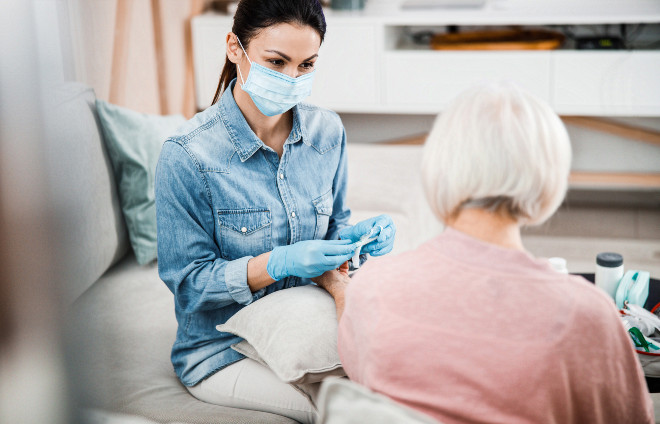
Bridging the Health Care Gap: Sanford Health Plan’s Health Guides
Health care systems like Sanford Health are more than doctors, hospitals and clinics. They are members of their patients’ communities — and neighbors take care of one another. With this in mind, Sanford Health and Sanford Health Plan have launched an integrated service in Health Guides, a bridge between patients, communities and the health care services they provide. Sanford Health Guides are passionate about health, wellness and supporting those with complex needs. The Sanford team helps patients navigate complex systems and situations more simply. Health Guides are the patients’ health care advocates and can serve in a variety of functions — attending appointments to facilitate communication, assisting with paperwork, providing wellness education, identifying and removing barriers to health care and much more. Life gets complicated. Sanford Health Guides help make it a little simpler and ensure that patients overcome obstacles on their path to better health. For more information, visit sanfordhealthplan.com.
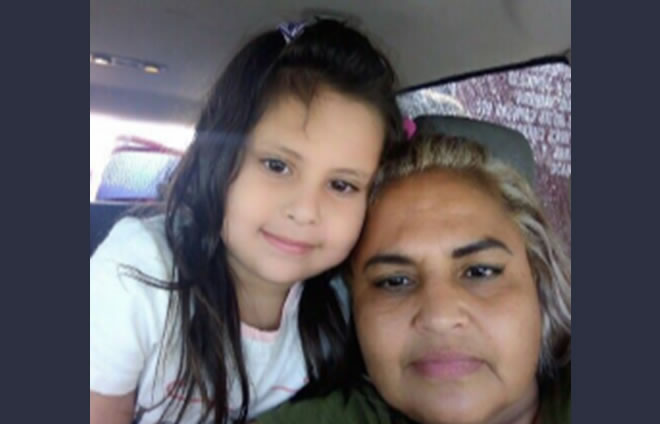
Promoting Wellness Through Education: UCare’s GEDWorks Program
Education is a social determinant of health that promotes success in life overall. In partnership with the GED Testing Service, UCare offers free GED tutoring, support and tests through the GEDWorks program for its Prepaid Medical Assistance Program (PMAP) and MinnesotaCare members. The program, which expanded statewide this year, is intended to help lift its members out of poverty by providing them with better career pathways and employment opportunities. In addition to expanding geographically, the organization offers additional career planning services for members. Through GEDWorks, participants have access to practice tests and other study tools in English or Spanish. They also are paired with an adviser, who provides moral support and shepherds them through the process of studying for and signing up to take GED tests. In 2020, 23 members earned their GED through the program. Pictured is Irene, a graduate of GEDWorks.
